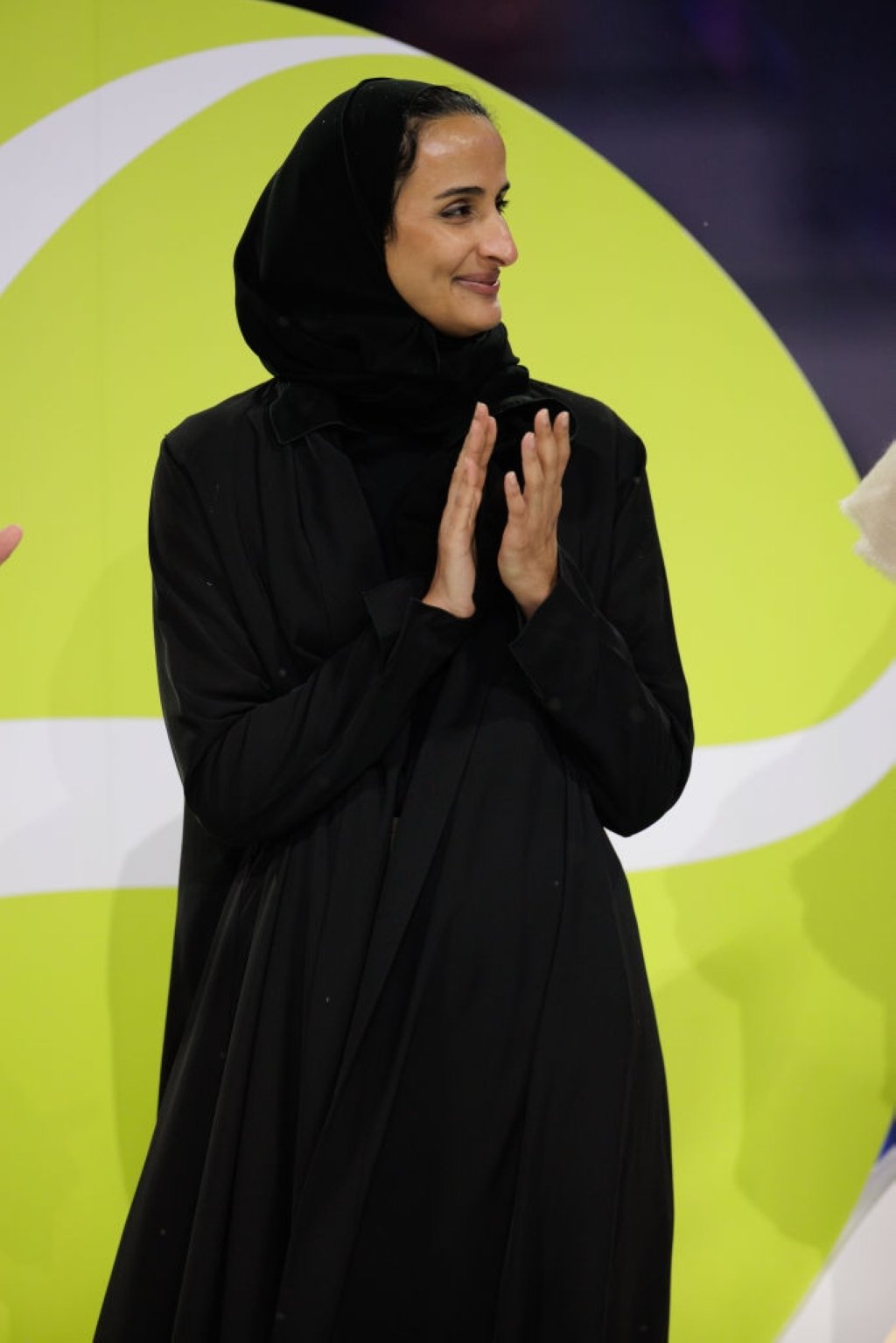© Turkuvaz Haberleşme ve Yayıncılık 2026
It’s not every day that the cultural compass of a region shifts with such grace, determination and vision. But in Doha, Qatar, where golden desert dunes give way to futuristic skylines, an art revolution is quietly, powerfully unfolding. And at its center stands a woman whose name has become synonymous with cultural diplomacy, artistic ambition and bold leadership: Sheikha Al Mayassa Hamad bin Khalifa Al Thani.
The sister of the ruling emir, Sheikh Tamim bin Hamad Al Thani, Sheikha Al Mayassa is far more than a royal figure. She is a cultural force of nature – a strategist, a patron, a bridge between tradition and contemporary expression. As chairperson of Qatar Museums, she has orchestrated nothing short of a cultural metamorphosis. Through her vision, Doha has transformed into one of the most vibrant emerging art capitals of the 21st century.
And perhaps her greatest recent triumph is securing Art Basel in Doha, a milestone that sent ripples across the global art world. The very presence of Art Basel in Qatar is not just a symbolic win. It is a strategic declaration. It shows that Doha is ready to take its place alongside Paris, New York and Hong Kong as a leading hub for artistic discourse and collection.
What makes this accomplishment even more remarkable is that it was led by a woman. In a region where traditional gender roles often define public life, Sheikha Al Mayassa has carved out her own path, not by defiance, but through influence. Her leadership is not loud, but it is vast. It shapes national policy, invests in local talent, preserves heritage and introduces global artists to Gulf soil.
Doha’s transformation is not just about art fairs but also about architectural storytelling. Nowhere is this more visible than in the National Museum of Qatar: a desert rose carved from the desert dunes.
Designed by the visionary French architect Jean Nouvel, the National Museum of Qatar emerges from the earth like a sculptural miracle (2019). Its form is inspired by the desert rose, a naturally occurring crystal formation found in the arid Qatari landscape. The building appears to unfold like fossilized petals under the desert sun, defying conventional geometry and redefining museum architecture.

This formation of crystallized sand petals, fragile yet resilient, symbolizes everything this museum stands for: identity, mystery and rebirth. Its architecture does not mimic the West. It speaks a native language. It curves like dunes, shimmers like stone and refuses straight lines just as much as it refuses colonial narratives.
Inside, the museum unfolds not just a national history, but an emotional one. From the echoes of pearl divers to the futuristic dreams of a sovereign state, every space within is a dialogue between past and present. And this isn’t just an architectural statement; it’s the result of Sheikha Al Mayassa’s philosophical curation of space. She imagined this not as a silent mausoleum for heritage, but as a living organism, one that breathes with its people.
I have long believed that when women lead in the arts, they bring with them the unseen, the emotional ecosystems, the connective tissue that binds aesthetics to ethics. Sheikha Al Mayassa embodies this truth. Under her direction, Qatar has become more than a collector’s destination; it has become a cultural conversation partner. She not only imports art; she invites engagement. She nurtures not only global collaborations but also local voices, empowering young creatives across the region to find platforms and purpose. Under her leadership, the National Museum of Qatar became a platform for education, heritage preservation and social dialogue. It welcomes visitors not just with art, but with storytelling, inviting them into an immersive journey through Qatar’s past, present and imagined future.
As an artist myself, wandering through the galleries of the National Museum of Qatar, the Museum of Islamic Art or the Arab Museum of Modern Art, I am struck by how deliberate this cultural architecture is. It doesn’t imitate the West, but it speaks in its own voice. A voice that Sheikha Al Mayassa has helped craft, one that values rootedness and reinvention in equal measure.
Her model is not focusing on building museums but on reshaping minds. Through initiatives like the Qatar Creates platform and partnerships with global institutions, she’s fostering dialogue that crosses borders and generations. Her commitment to arts education, creative industries and local engagement proves that culture is not a luxury; it is a necessity for a future-facing nation.
Uttering her name under every art innovation in Sheikha Al-Mayassa’s homeland, it is important to point out the importance of women in art leadership. When women lead in culture, they expand the conversation. They bring sensitivity to space, to education, to inclusion. They support not only masterpieces on walls, but also the invisible social frameworks that allow creativity to flourish. Thus, especially in a world where power often speaks in masculine tones, Sheikha Al Mayassa’s arts and cultural leadership is distinct. It is elegant, determined and deeply thoughtful. She is not merely a patron of the arts, she is a visionary architect of cultural legacy. As chairperson of Qatar Museums, she is redefining what it means to lead in the intersection of culture, diplomacy and a new generation-building.
As I walked through the evolving art corridors of this desert capital, I didn’t feel like a visitor. I felt like I was witnessing something being born, a cultural identity that honors its roots while fearlessly reimagining its future, the Renaissance. And the fact that at the heart of this renaissance, women are standing made me more than proud and deeply inspired.
